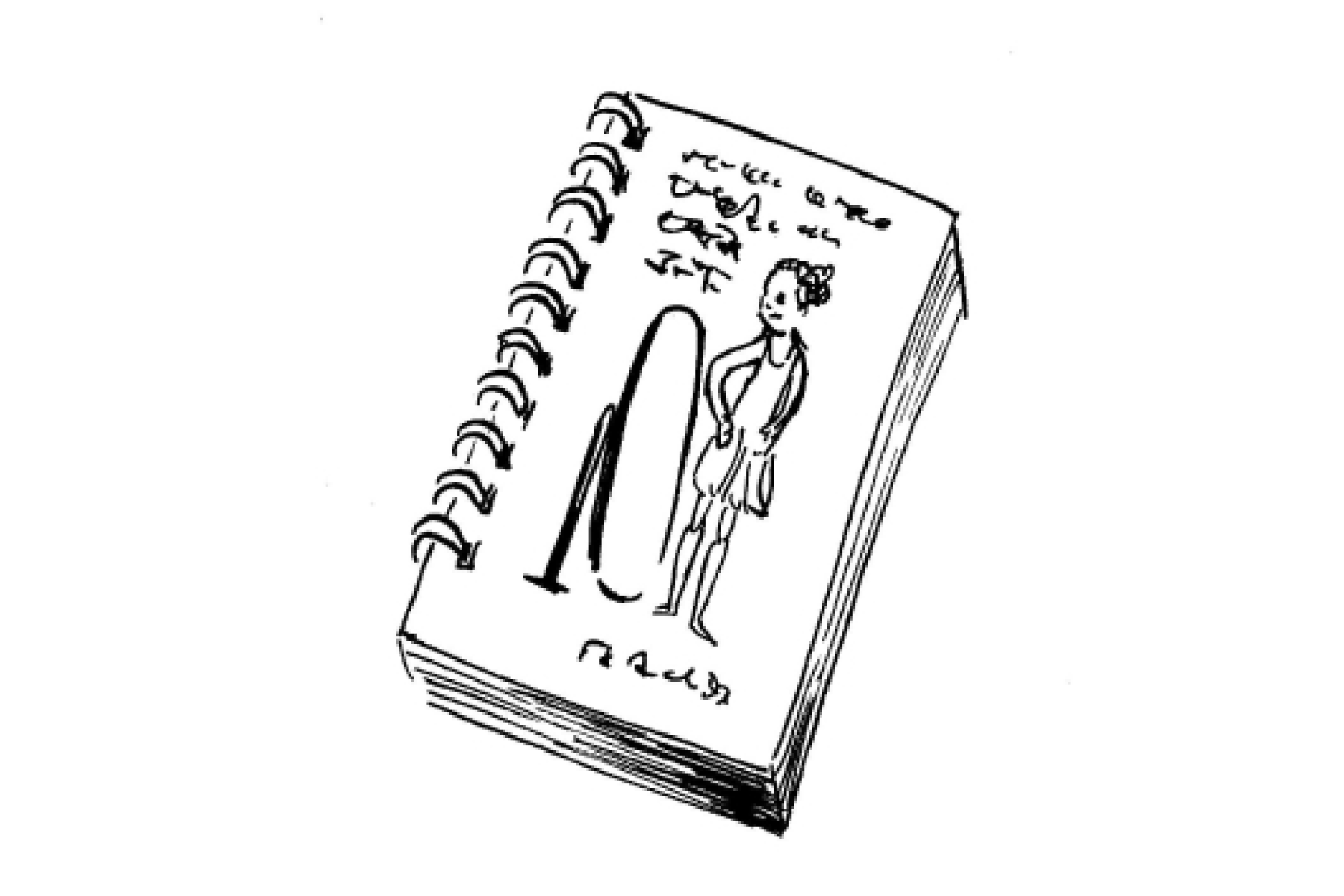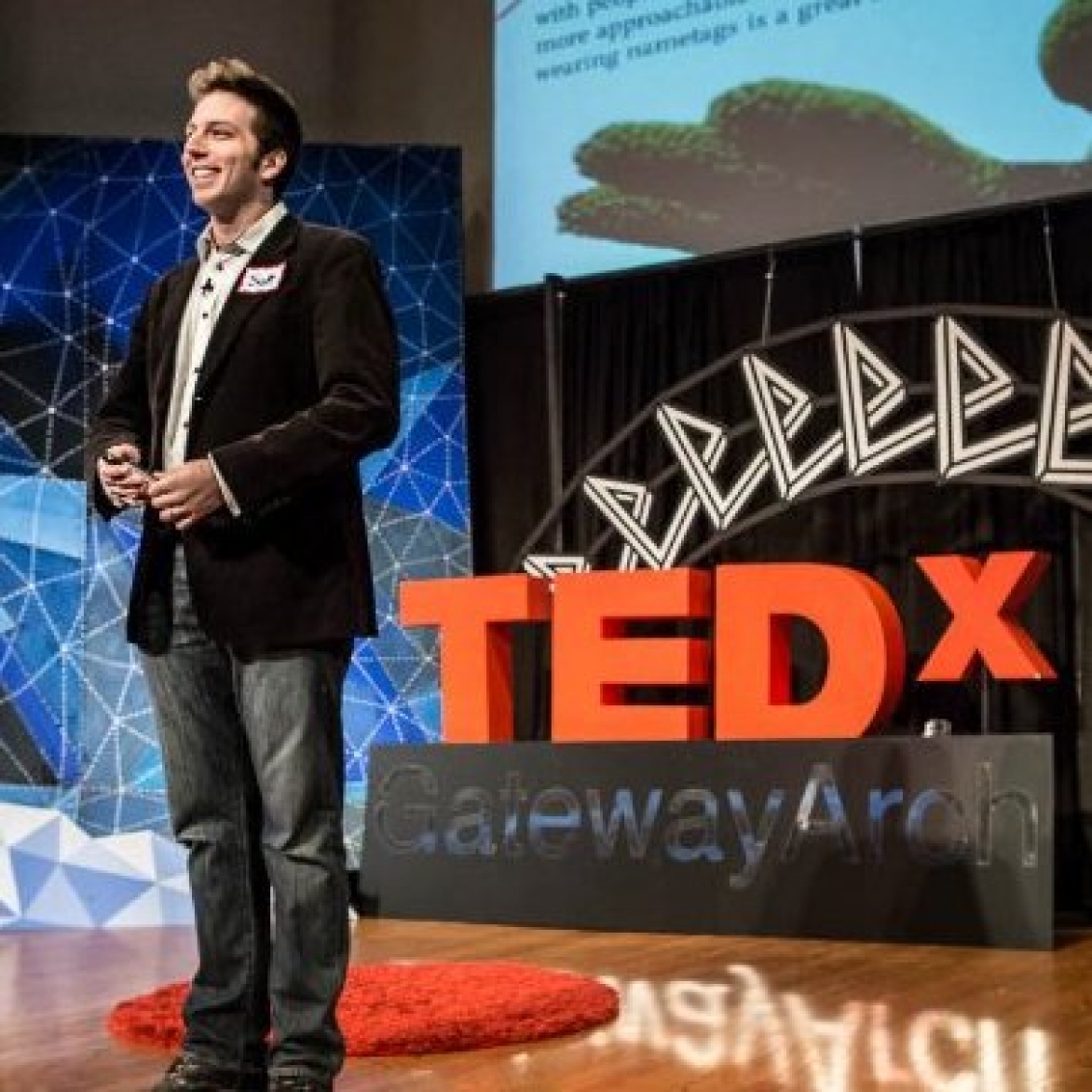
The Context
Creativity isn’t a linear experience, it’s an associative one. If we want to become prolific, we have to make peace with piecemeal. The problem is, to satisfy our basic human need for unity, order and completeness, we demand that everything have a beginning, middle and end. Human life, after all, is punctuated by a definite beginning, middle and end. And so, it’s no surprise that we require everything we deal with in life to follow the same structure. Our rational capacities crave a certain amount of story. We depend on dramatic structure. It’s hardwired into us. Aristotle was accurate when he said, a whole is that which has a beginning and middle and end. And so, each one of us needs the freedom to express ourselves in a nonlinear fashion. The permission to work with ideas without strict chronological terms. The space to create without corresponding to the illusions of sequence and rational order. And the detachment from our natural human impulse to think in terms of beginnings and endings. We need to make peace with piecemeal.
The Tool
Micro Expression
MICRO EXPRESSION -- Creating ideas in a piecemeal, nonlinear fashion, without the constraints of chronology, sequence, rational order and narrative.
And how do we accomplish that? By recording our incomplete, fragmentary associative process. Creativity, after all, is nothing but a coalescence of fragments. It’s alchemy. It’s associative, not linear. Meaning, our duty as creators of ideas is to populate our content management systems, our personal creative inventories, with any snippet that crosses our cognitive path. Even if the story doesn’t have a beginning, middle or an end.

Scott's Take
Edison famously recorded his thoughts, observations, visualizations, imaginative patterns, experiments, flashes of inspiration and ideas for new inventions in a series of notebooks. By the time of his death, he had accumulated over three thousand notebooks over his lifetime, each of which contained more than two hundred pages. But what’s most important to remember is, the majority of his documentation was done in a raw, fragmentary, clumsy and incomplete fashion. Edison’s creative inventory, all half million pages of it, didn’t have a definite beginning, middle and end. And yet, he still became the most prolific inventor in history.
The Rest
This tool is about trusting the creative process. And that’s the challenge of the input phase of creation. Setting aside our biological need for unity, order and completeness, and trusting our raw materials into the system. Are you making peace with piecemeal?
The Benefits
Freedom to express ourselves in new ways
Gain leverage from creative fragments
Reduce pressure for completion, order, etc
Make small art that adds up to big value